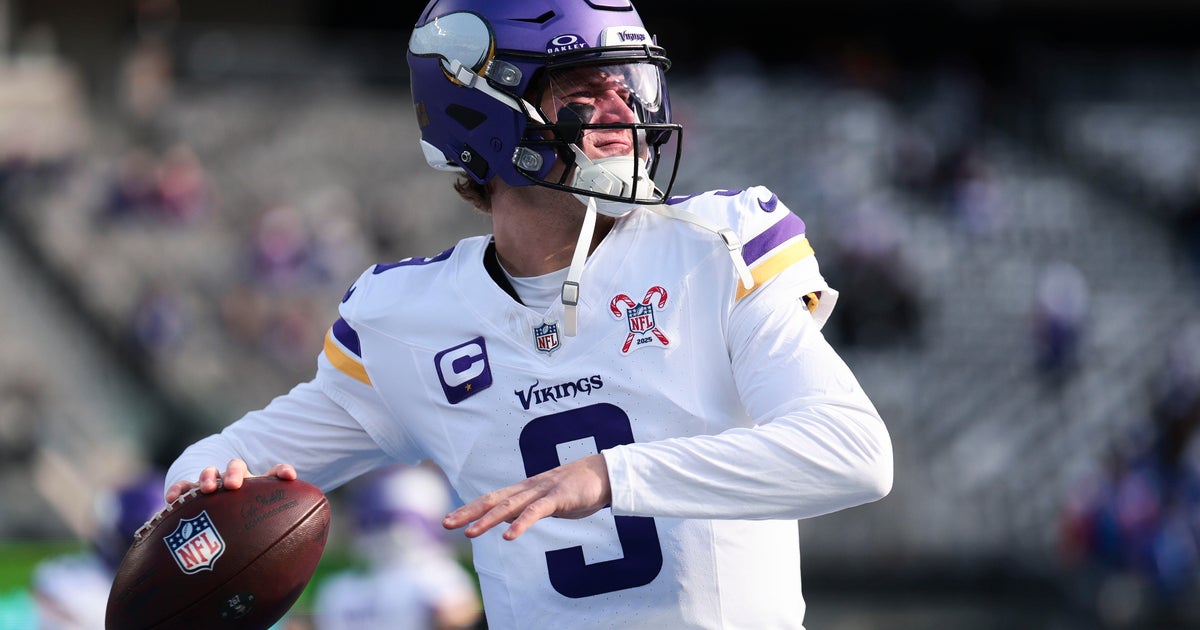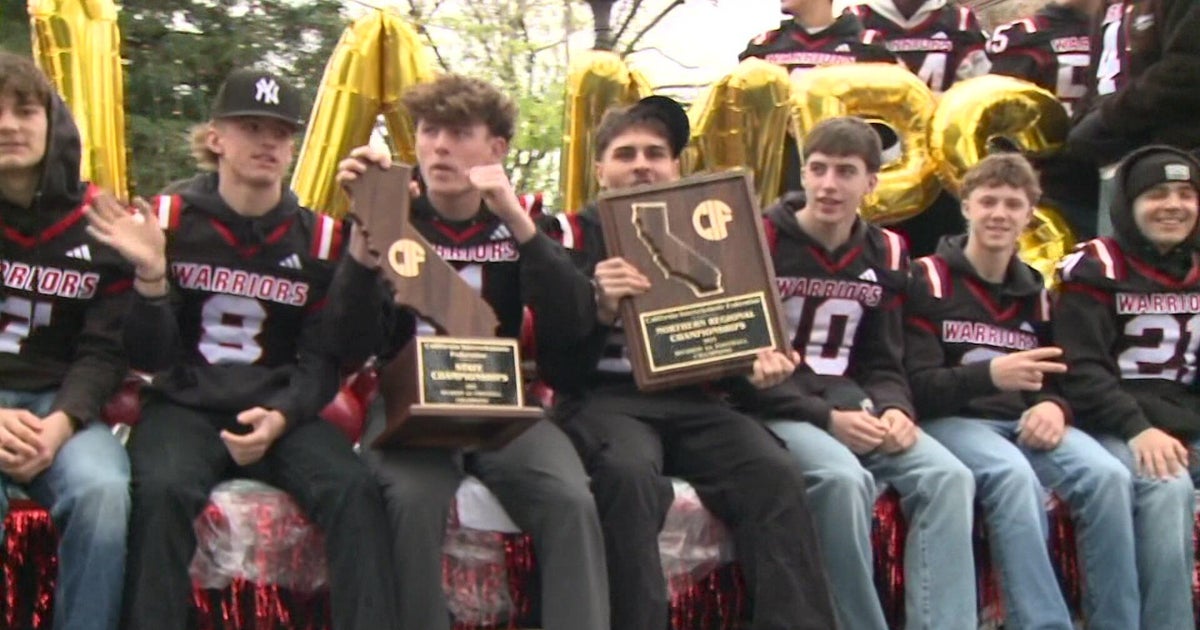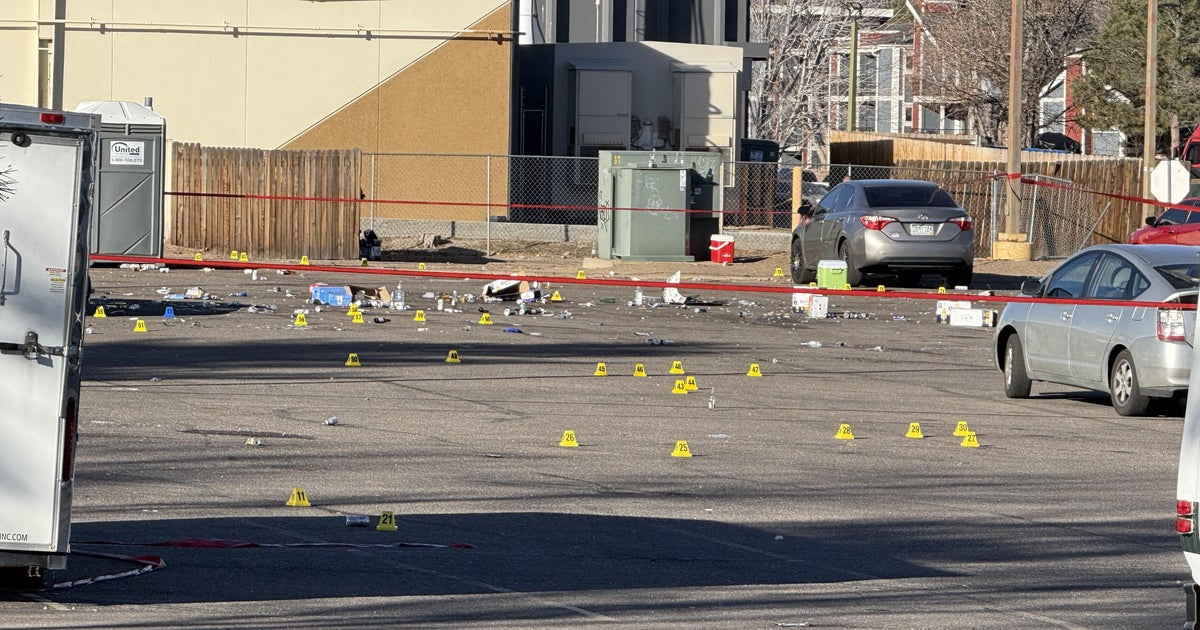How Safe Is Your Child's Football Helmet?
NORTH TEXAS (CBSDFW.COM) - Although many football helmets worn under the Friday night lights look alike, experts say there can be a big difference.
That difference between one football helmet and the next, experts say, could mean as much as a 50 percent reduction in the chance of suffering a concussion.
Four years ago, Jarrod Snell, a former Keller High School JV quarterback, had dropped back to pass when he was sacked.
Snell was hit in the head again on the very next play.
The former high school quarterback doesn't remember the hits or the game,
"My next memory is about a month after the game," he said.
Doctors diagnosed Snell with multiple concussions. He spent the next year recovering from his brain injury.
"He slept for 20 hours a day for a long time," said his mother Mary-Ann Rice. "I saw him losing so many days at being a teenager and that was hard."
For a high school football player the first line of defense in preventing concussions is often a helmet.
Researchers at Virginia Tech University tested 23 of the most popular helmets, and then rated them on a five star scale.
Five stars means the helmet is the "best" at reducing the risk of a concussion. One star means it's "marginal".
Click here for complete helmet ratings.
The CBS 11 I-Team checked the helmets at more than 120 high schools in North Texas.
The majority use helmets rated three stars or better.
But four districts (DeSoto ISD, Lewisville ISD, Fort Worth ISD, and Garland ISD) reported having a one star helmet in its current inventory - the Riddell VSR4.
Lewisville ISD has sidelined all of these helmets, replacing its final 16 VSR4 helmets being worn by freshmen last week.
Lewisville High School head football coach Gregg Miller said, "We try our very best to put a kid in the best available helmet that fits him."
DeSoto ISD reported being down to 11 VSR4 helmets this year.
Fort Worth ISD is also phasing out the VSR4 helmet. This year the district has less than 30.
Fort Worth ISD Athletic Director Kevin Greene said he had not seen the Virginia Tech University helmet rating study but said all helmets used in his district meet NOCSAE standards - the National Operating Committee on Standards for Athletic Equipment.
NOCSAE certifies helmets on a pass-fail system.
"We feel rock solid about what we are doing," said Greene.
Garland ISD reported having the most one-star helmets -111 in its inventory. Sixty are being used this season by JV and freshmen players, the remaining 51 are not in use.
I-Team: "Why are (these helmets) just at the freshmen and JV level?
Cliff Odenwald, Garland ISD athletic director: "Because they are the older helmets. As you know the newer helmets go to the varsity and each year they trickle down."
All Garland ISD helmets also meet NOCSAE standards.
"All of our helmets are safe," said Odenwald. "So they would be safe at any level - at the freshmen or the varsity level."
Nearly every varsity football player in North Texas wears a four or five star helmet.
It's the older helmets passed down to JV and freshmen players that often score lower.
Riddell discontinued making the VSR4 helmet three years ago.
The company's newest helmets -- the Riddell 360 and Riddell Revolution Speed -- both received five stars from the Virginia Tech helmet study.
Jarrod Snell said he's thankful he was able to recovery as well as he did from his concussions.
The now college student said if he could go back he would still play football.
"You can't make it full proof," he said. "You can't prevent all of them. It's just a risk that you have to take."
Click here for guidelines about treating concussions.
(©2014 CBS Local Media, a division of CBS Radio Inc. All Rights Reserved. This material may not be published, broadcast, rewritten, or redistributed.)
Latest News:
Top Trending:







